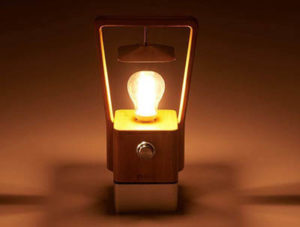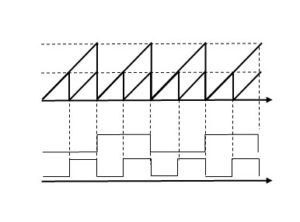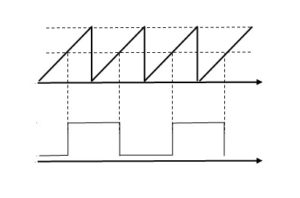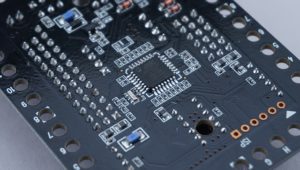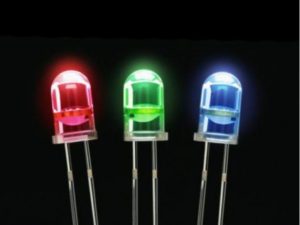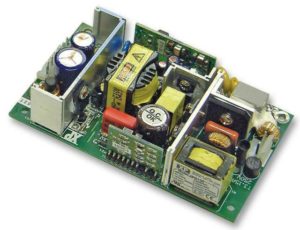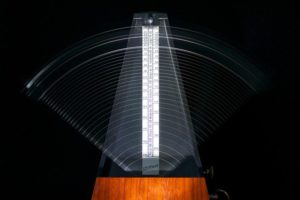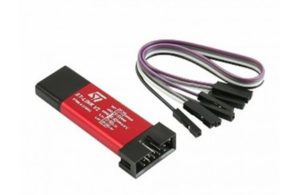PWM dimming of LEDs with MCU [STM32 Nucleo]
How can we use the digital output of MCU to dim LEDs? I will explain the magic trick of using the digital output of MCU to control the brightness continuously in an analog manner, as if dimming were a magic trick. Colum For example, if an analog VR is added to the input and the […]
Variable pulse application [Pulse control with STM32].
This application controls arbitrary frequency pulses with STM32 MCU. In this example, the frequency changes when a pushbutton switch is held down, but it can be applied in many other ways. Setting SpecificationPins used: PB8 Alternate output (Timer output) PC13 Input (Pushbotton SW)Peripheral used: TIM4_CH3 Count CLK1kHz Colum This application uses a combination of switch […]
PWM pulse application [PWM output of STM32]
This is an application program that sets the timer of the STM32 MCU to PWM output. You can see the frequency and pulse duty ratio change depending on the setting value. Setting specification:Pin used: PB8 Alternate output (Timer output)Peripheral used:TIM4_CH3 Counter CLK 1kHz
Fixed pulse application [Pulse output of STM32]
This application program uses the timer of the STM32 MCU to generate a fixed frequency pulse only when an input switch is pressed. Setting Specification:Pin used:PB8 Alternate output(Timer output)Peripheral used:TIM4_CH3 Counter CLK 1kHz
GPIO ON-delay input application [GPIO practical example for STM32]
ON-delay input After the successful "LED-blingking", I will introduce the application of anti-chattering on-delay input and unused pin processing examples to practical examples of STM32GPIO input. Processing of unused pins
STM32 Nucleo MCU starting with LED blinking [Gateway to Embedded system]
Setting the STM32's peripheral GPIOs to blink the output LEDs is a simple operation in itself, but it means that the series of steps from the initial setup of MCU to the build and transfer to MCU have been successfully completed. LED-blinking circuit Setting specification:Input:PC13 Floating input Pushbutton SWOutput:PA5 Push-pull output+500Ω+LED Program Description ① Reads […]
Power Supply without Failure for Embedded MCU system [ARM Core STM32]
When running applications on a MCU, a very important thing is to provide a stable power supply. This may seem obvious, but the power supply is so profound that a serious study of it would end with this part alone. It is important to understand the basics to prevent problems caused by unstable supply voltage, […]
External Clock for MCU [ARM Core STM32]
Of the clocks that are indispensable for using MCSs, this section explains external clocks. Although the crystal resonator in particular is a simple component, if the selection is not properly made, it can cause problems such as clock stoppage in the worst case. This section introduces practical tips for providing a stable external clock. For […]
Embedded system program debugging [Recommendation: Serial Monitor]
Table of contents1 Debugging as an operation check2 Serial Monitor3 Other, summary Debugging as an operation check Serial Monitor Other, summary The point Although there is no information that cannot be obtained from the Internet today, do not adopt information from others without understanding it. Use the information only as a hint, and be sure […]
MCU program implementation [Program transfer using ST-LINK]
Table of contents1 Program transfer tool2 Program Transfer Method Program transfer tool Program Transfer Method ① Transfer from STM32CubeIDE menu ② Transfer from the application ST-LINK Utility Supplemental: ポイント Please use either (1) STM32CubeIDE or (2) ST-LINK Utility to perform write transfer in a convenient way.

